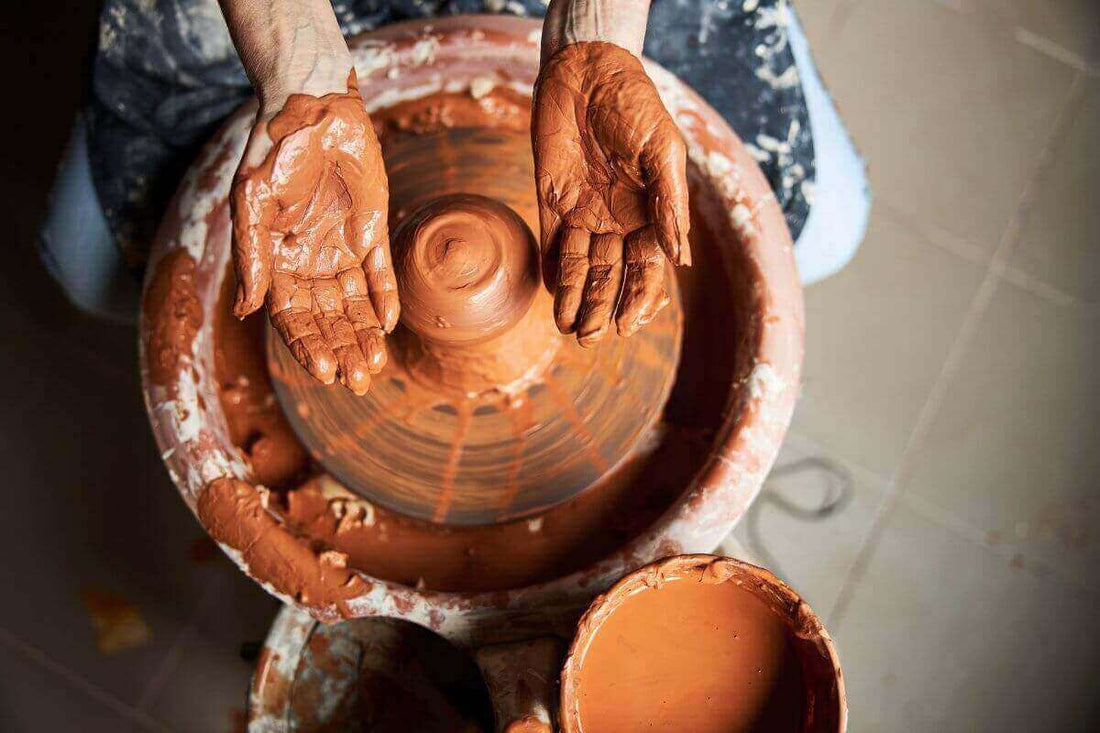
A Brief History of Raku Pottery

Though Raku is inherently a Japanese art form, it traces its early roots all the way to Imperial China. It is said that Raku wares were inspired by the Sancai wares that were popular and mass-produced in 16th Century Ming Dynasty China, mostly depicted with the three colors of amber, green, and creamy off-white. Sancai wares were often associated as decorations or Tomb Guardians for Chinese nobility and originated from the Tang Dynasty in the first millennium. Think of the Terracotta Army, which was based on the same ritualistic funeral art.
Sometime during the late 16th Century, the production of colorful pottery based on the Sancai glazing technique came to be around the Kyoto area of Japan, which led to the predecessor of the Raku technique, Sasaki Chōjirō, who was one of the practitioners of the time. It was also found that Chōjirō’s father, Ameya, was originally from China and brought the Sancai techniques from his native country.
With the support of his close companion and the tea master of Oda Nobunaga, Sen no Rikyū, Chōjirō adapted the Sancai technique into the traditional Japanese Raku technique, producing ceramic tea bowls with alluring hues and designs. Sen no Rikyū was also extremely influential in the politics of the era due to the importance of tea ceremonies during Japanese political exchanges in the Warring States or Sengoku Period of Japan and was one of the main reasons why Raku pottery was popularized.
It was then that the principle held by Sen no Rikyū of the chanoyu or the Japanese "Way of Tea", was combined with Chōjirō’s artistic inclinations. Sen no Rikyū created the art of Wabi-cha, that is to focus on some key aspects of the tea ceremony which are “simplicity, directness of approach, and honesty or truth to oneself”. He also popularized the aesthetics of Wabi-sabi to mean taking pleasure in the imperfect, impermanent, and incomplete nature.
When melded with the Raku technique, it produced Raku wares that embodied the values of Sen no Rikyū, creating sublime and masterful works of art. Warlord Toyotomi Hideyoshi, the successor of Oda Nobunaga and the second "Great Unifier" of Japan was so impressed with the creations, that he imparted Chōjirō's successor a golden emblem with the kanji character for Raku, meaning “pleasure”, which was adopted by the Chōjirō family, thereby cementing the legacy of the Raku family and the Raku artform.
Want to feel the rich history behind Raku Pottery for yourself? Get one here:
https://www.raaquu.com/products/mizu-miniature-ceramic-bowl?_pos=1&_sid=53a95c7d3&_ss=r
